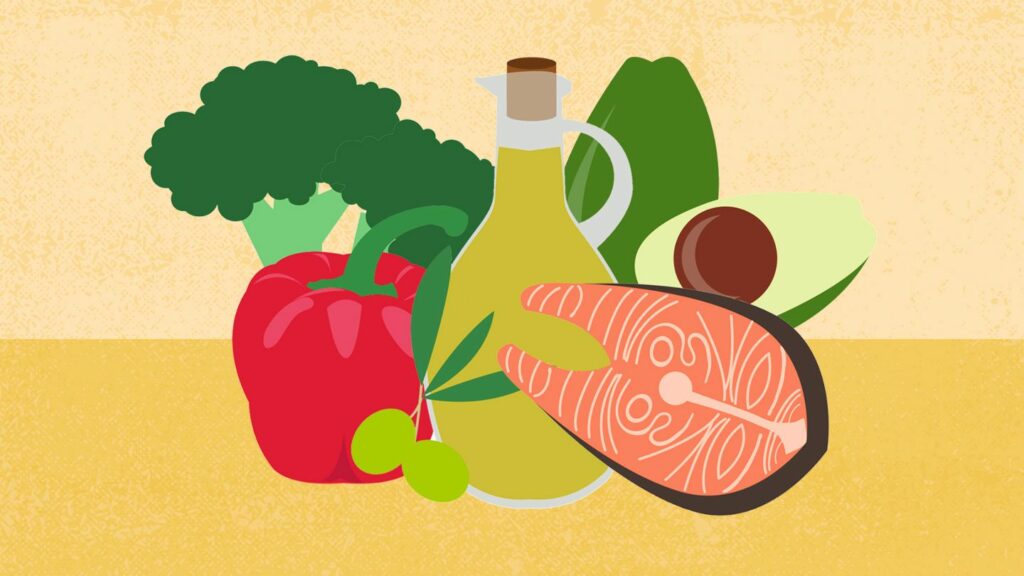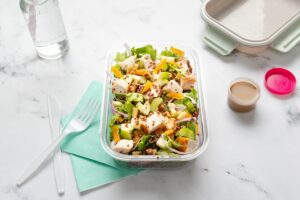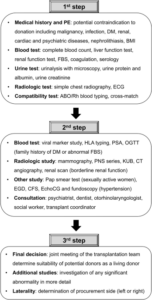If you have been diagnosed with type 2 diabetes, it’s essential to create a meal plan that can help manage your condition. Maintaining a healthy and balanced diet is crucial for keeping blood sugar levels in check and preventing complications.
Table of Contents
Best Foods for Diabetics
When planning your meals, focus on incorporating the following foods:
1. Nonstarchy Vegetables
Include more nonstarchy vegetables, such as broccoli, spinach, and green beans in your diet. These vegetables are low in calories and carbohydrates, making them an excellent choice for diabetics.
2. Whole Foods
Focus on whole foods instead of highly processed foods as much as possible. Whole grains, lean protein, low-fat dairy, and healthy fats should form the basis of your meals.
3. Fruits
Choose fruits such as oranges, melons, berries, apples, and bananas. They are packed with essential vitamins and minerals.
4. Protein Sources
Incorporate lean protein sources like poultry, fish, tofu, and legumes into your meals to help maintain muscle mass and control hunger.
5. Healthy Fats
Opt for healthy fats found in avocados, nuts, seeds, and olive oil. These fats are beneficial for heart health and can help improve insulin sensitivity.
Foods to Avoid
Avoid the following foods as they can negatively impact your blood sugar levels:
- Sugar-sweetened drinks
- Trans fats
- Simple carbs (pasta, white bread, white rice)
- Yogurt with added sugar
- Store-bought breakfast cereals
- Honey and maple syrup
- Dried fruit
- Fruit juice
Creating a Healthy Meal Plan
It’s essential to structure your meals in a way that helps to control blood sugar levels. The Centers for Disease Control and Prevention (CDC) recommends filling one quarter of your plate with carb foods.
Foods that are higher in carbs include grains, starchy vegetables (such as potatoes and peas), rice, pasta, beans, and fruit.
Additional Resources
Several reputable sources provide valuable information on creating a healthy meal plan for type 2 diabetes:
When planning your meals, it’s crucial to consult with your doctor or a registered dietitian to customize a meal plan that suits your individual needs.

Credit: www.amazon.com

Credit: www.everydayhealth.com
Frequently Asked Questions On Food Guide For Type 2 Diabetes: Healthy Choices
What Should A Type 2 Diabetic Eat Daily?
A Type 2 diabetic should eat a balanced diet rich in vegetables, whole foods, lean protein, and whole grains. Focus on nonstarchy vegetables and limit highly processed foods. Maintain steady blood sugar levels by eating regularly. Consult with a healthcare provider for personalized dietary advice.
What Is The Most Recommended Diet For Type 2 Diabetes?
The most recommended diet for type 2 diabetes includes: 1. More non-starchy vegetables like broccoli and spinach. 2. Whole foods instead of processed foods. 3. Focus on whole grains, lean protein, low-fat dairy, fruits, and healthy fats. 4. Avoid sugar-sweetened drinks, trans fats, and simple carbs.
5. Be mindful of your carb intake and choose foods with lower glycemic index. Remember to consult with your doctor or diabetes educator for personalized guidance.
What Foods Can Type 2 Diabetics Eat Freely?
Type 2 diabetics can freely eat nonstarchy vegetables, fruits, whole grains, lean protein, and healthy fats. Avoid sugary drinks, trans fats, and simple carbs. Consult your doctor or diabetes educator for a personalized diet plan. Opt for whole, unprocessed foods to manage blood sugar levels.
What 10 Foods Should Diabetics Avoid?
Diabetics should avoid sugary drinks, trans fats, refined carbs, yogurt with added sugar, store-bought cereals, honey, dried fruit, and fruit juice.
Conclusion
By following a healthy, balanced diet and making informed food choices, individuals with type 2 diabetes can effectively manage their condition and improve their overall well-being. With the right guidance and resources, creating a diabetes-friendly meal plan is achievable and can have a positive impact on long-term health outcomes.
- Get Tips & Trick daily








